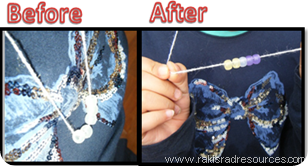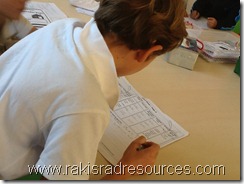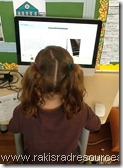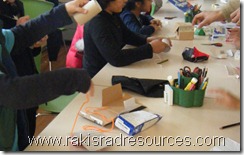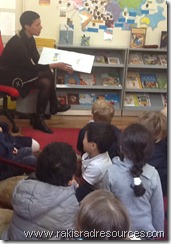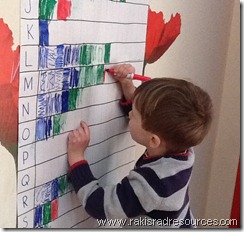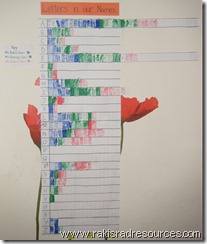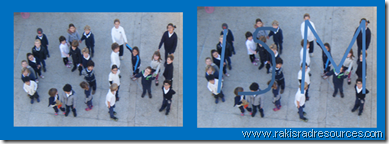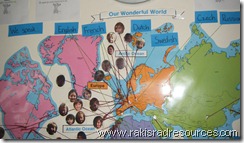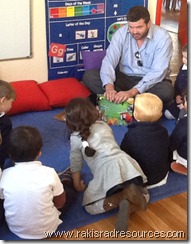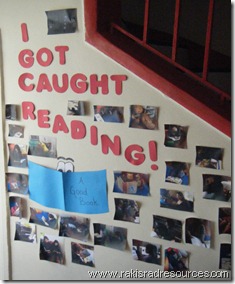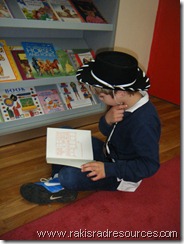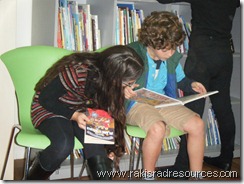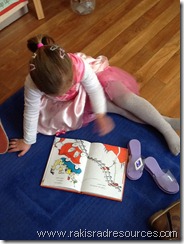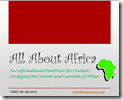Recently, I announced that I will be presenting at the European Council of International Schools’ (ECIS) 
During the presentation, we will be talking about which websites can be used to create community for students. However, we are also going to start by creating community among the teachers. One of the best ways for teachers to create community amongst themselves is to share their thoughts on available resources. I have compiled 15 websites that can be used to build community and I am asking the teachers at the conference to answer the following questions about each resource:
1.) What grade levels is this site appropriate for?
2.) What makes this a good community building website?
3.) What are the benefits of this site?
4.) What are the downfalls of this site?
The participants will fill in their answers on a Google Document, which has been set to allow everyone to edit it. This will allow all of the participants to walk out with not only their thoughts, but the thoughts of others, all in one form.
After designing this presentation, I got to thinking. There is a well developed teacher community right now in the “blogosphere”, and I’m sure that if we got together, we could create a similar document and help each other out. So, I’m bringing the same 4 questions and the same Google Document to you.
In addition, I’m offering YOU a chance to receive the same Conference Goodie Bag that my participants will be receiving. All you have to do is leave feedback on at least 5 of the 15 websites. After you have left feedback on the Google Document, fill out the form below and you will be automatically entered to win the following goodie bag.
The websites we’re reviewing are:
www.wallwisher.com – www.padlet.com
You have until the day after the conference – March 16th to enter. Then, on March 17th, I will send out the Conference Goodie Bag to 10 people, chosen randomly from all who participate. I will also send everyone who enters a link to the completed Google Document, so that everyone can share from the collaboration. Remember two minds are better than one!
Here’s the Goodie Bag you are entering to win – all donated by teacher bloggers, who work daily to increase our learning community:
Multiplication and Division Word Problem Task Cards - As the name implies, these task cards are a great way for students to practice reading word problems to try to figure out if they need to multiply or divide. Then they practice those computational skills!!
from My Journey to the 5th Grade
Missing Subtraction Addends – A Differentiated Activity for Your Math Centers - This is a missing addends activity for grade 1/2 to practice missing subtraction addends differentiated for 3 different levels. The first level - yellow is subtraction facts to 10/The second blue and green are subtraction facts from 15 /The third - red is subtraction facts from 20.
Ultimate Forms Kit - The ultimate forms kit is perfect for helping you get organized for during the back to school season. This kit includes: ~forms that can help you plan and schedule activities/projects and class schedules ~contact forms ~student information sheet ~hall passes ~class information sheets ~reminder forms (for parents and students) ~missed homework forms ~communication log ~themed writing paper ~student interest survey ~a student reading interest survey and more! This kit is perfect for organizing classroom forms. This set coordinates with the Monster Themed Behavior Punch Cards (and other behavior forms). This item will be marked down until September 1st.
Multiplication 0-12 Magic Square - These multiplication magic square puzzles give students a fun and easy way for students to practice their multiplication.
from HoJo’s Teaching Adventures
End of the Year Classroom Awards - This file contains 30 full-color, fully customizable 8 1/2" X 11" award certificates. All fonts can be downloaded for free from www.kevinandamanda.com/fonts Awards incliude: Most Understanding, Hardest Worker, Neatest Worker, Fastest Runner, Boy/Girl Athlete, Most Cooperative. Best Reader, Best Speller, and more...
from Confessions of a Teaching Junkie
Problem Solving Task Cards - A total of 24 task cards that focus on solving both single and multi-step story problems such as those that will be seen on standardized tests. Great for math stations/centers, small group RTI instruction, problem of the day mini-lessons, math problem solving journals, and whole class assessment review.
QR Coordinate Graphing - Students will be amazing and engaged while practicing how to locate points on a coordinate graph. This activity will require a QR app from any smart phone. This can be used as a center, a whole group activity, or an assessment! Enjoy!
from Ciera Harris of Adventures of Room 129
Fraction Wars - Fraction Wars is played by first dealing out the whole deck of cards evenly among the players. Everyone flips over a card at the same time and compare their fractions. The person with the highest valued fraction wins all the cards in that round. Each card has a colored picture representing the fraction, the fraction in words, and the fraction represented with a numerator and denominator. Great for partners, small group, and math centers! Great activity that have been classroom tested and has had positive results.
Problems with Pets - 20 full color task cards – mixed operations word problems with a pet theme (2 sets of 10 – different problems in each set) plus 4 open-ended fact cards for students to create their own word problems. (includes multiplication, division, addition, subtraction, measurement, fractions, area, perimeter) 20 black and white plain templates of the same (for those who prefer a simpler look or for Math journals). Student answer booklet for task cards. 4 pages (12 problems) of mixed operation word problems in a more “grown-up” format. (different problems from those on task cards) The Fantastic Aquarium Project – open-ended problem solving activity.
QR Code Task Cards for Mean, Median & Mode - Students practice putting numbers in numerical order and than computing the mean, median, and mode for the given set of numbers with this set of 32 task cards. Cards can be completed all at once or only a few at a time using the answer sheet to record which have been completed and which still need to be done. Once they have solved the problem, they use a device to scan the QR code to self-correct their work. (Note: You must have a device (iPad, Smartphone, iPod, etc) that has an app which can scan QR codes) Cards can be printed in black and white or color.
Affiches des Codes pour taper les Accents Francais - Cute and colourful set of 6 printable posters to use in your FSL class room, library, computer lab, or anywhere students will be typing in French. Includes all 5 vowels with lowercase and uppercase accent codes as well as the letter c.
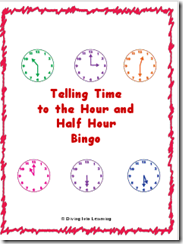 Telling Time to the Hour and Half Hour Bingo - This bingo game focuses on telling time to the hour and half hour. It includes 24 bingo cards and each card is 3X3. There are 2 different types of caller's cards included (analog and digital).
Telling Time to the Hour and Half Hour Bingo - This bingo game focuses on telling time to the hour and half hour. It includes 24 bingo cards and each card is 3X3. There are 2 different types of caller's cards included (analog and digital).
Mystery Unit - This is a complete unit. The kids learn a lot while having a great time and learn using puzzles. This is a large file. In the file you will find: * 50 riddles, one per page to print out and hang around the room * a student paper to record answers for the 50 riddles * teacher answer key for the 50 riddles * application for a "detective agency" allows kids to practice filling out forms * detective badges for students to earn upon admission to the "detective agency" * a detective worksheet on dictionary skills * an interest inventory to use to create clues about each student (this will be used for the silhouette activity) * a list of ideas for a mystery unit * an "official" search warrant for groups to search for their "prize" * puzzle clues and answers...you will need to make them fit your environment * a secret code worksheet * a certificate to be given at the completion of the unit * a teacher badge to hang beside or on the door * a SMART Notebook file containing: * 16 coin clue puzzles * a silhouette activity * 24 sudoku puzzles (8 each of easy, medium, and hard) * 6 logic puzzles (2 each of easy, medium, and hard) * 5 online mystery websites.
from Joy Hall of Joy of Teaching
Earth’s Material Glog Project – Research project where students choose an earth's resource to research.
There are questions in this project to help guide their research. Students should use books, kid-friendly search engines and websites to complete their research. Once students have completed their research, they will create a glog using the website http://edu.glogster.com.


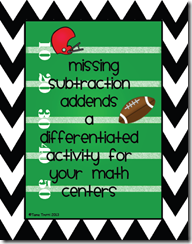
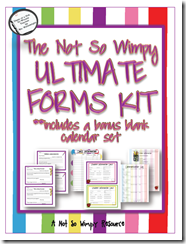


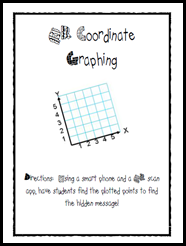
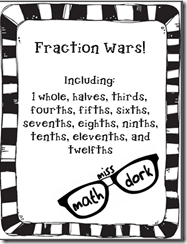
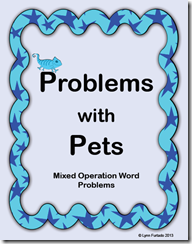
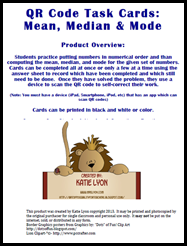
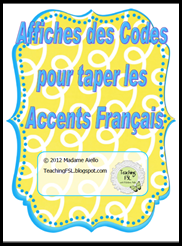
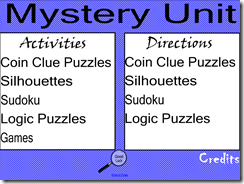
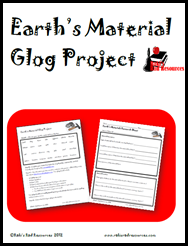
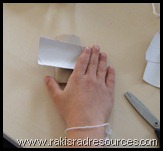
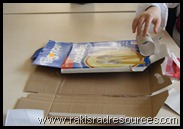
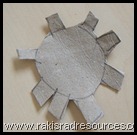
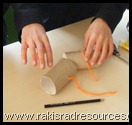

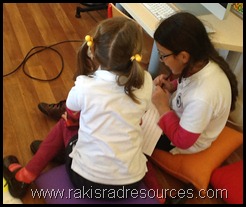
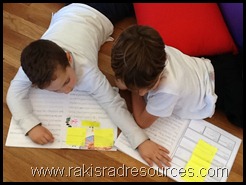


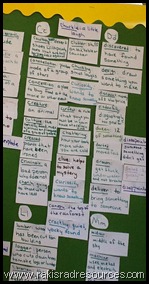
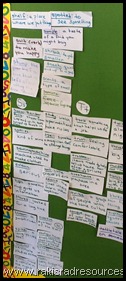


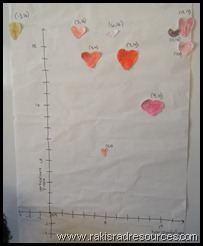

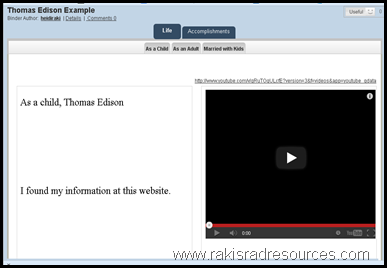


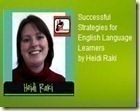
![Heidi-Raki-of-Rakis-Rad-Resources322[1] Heidi-Raki-of-Rakis-Rad-Resources322[1]](http://lh4.ggpht.com/-V5thVfIN5d0/USOAMmqqjyI/AAAAAAAALaA/YTkpGnx4awc/Heidi-Raki-of-Rakis-Rad-Resources322%25255B1%25255D%25255B2%25255D.png?imgmax=800)

